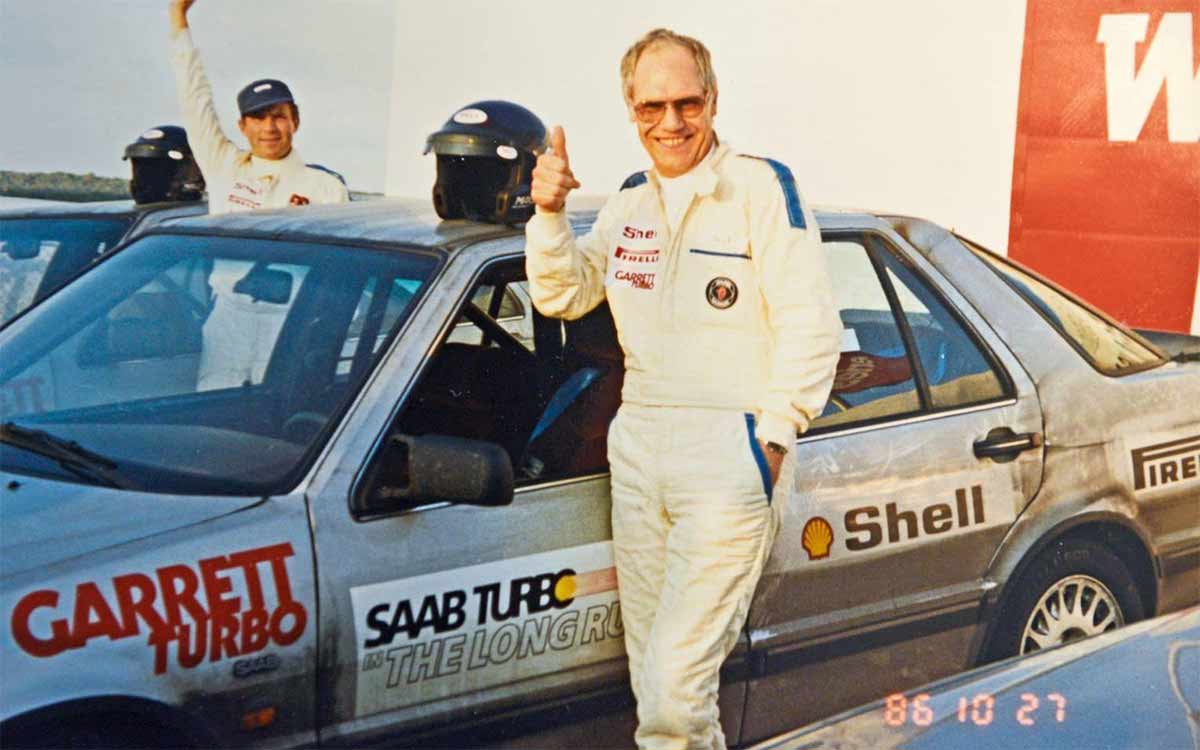Table of Contents
Introduction: A Tribute to Olle Granlund
Olle Granlund, a legendary Saab engineer, was instrumental in the development of the Saab 9-5 model and the Saab 9000’s world speed record at the Talladega track in the USA. His visionary approach and dedication to automotive engineering left a significant mark on Saab’s history.
Granlund passed away two years ago, but his contributions to the automotive world continue to inspire enthusiasts and engineers alike. Our focus will be on his achievements, particularly the world record set by the Saab 9000 at Talladega, and celebrating his enduring legacy.
The Vision Behind the Record
The story of the Saab 9000’s world speed record begins in the fall of 1983, when Olle Granlund attended the Frankfurt Auto Show. There, he witnessed the unveiling of the Mercedes 190 E, a car that had just set a world speed record on various distances. Inspired by this feat, Granlund envisioned a similar achievement for Saab using the 9000 Turbo, which featured a newly launched 16-valve turbo engine.
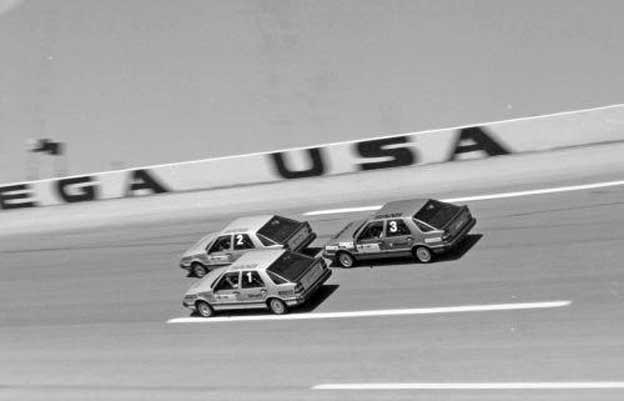
Preparations and Challenges
Granlund’s idea was ambitious and required meticulous planning. Saab didn’t have its own high-speed testing track, so they conducted tests on the Autobahn and rented facilities like the Nardo track in Italy. Granlund proposed to Saab’s management that they attempt a world record for a production car, believing it would generate significant goodwill and serve as a powerful marketing tool. In February 1985, Sten Wennlo, head of Saab’s passenger car division, approved the project, appointing Granlund as the project leader for what would be known as “The Long Run.”
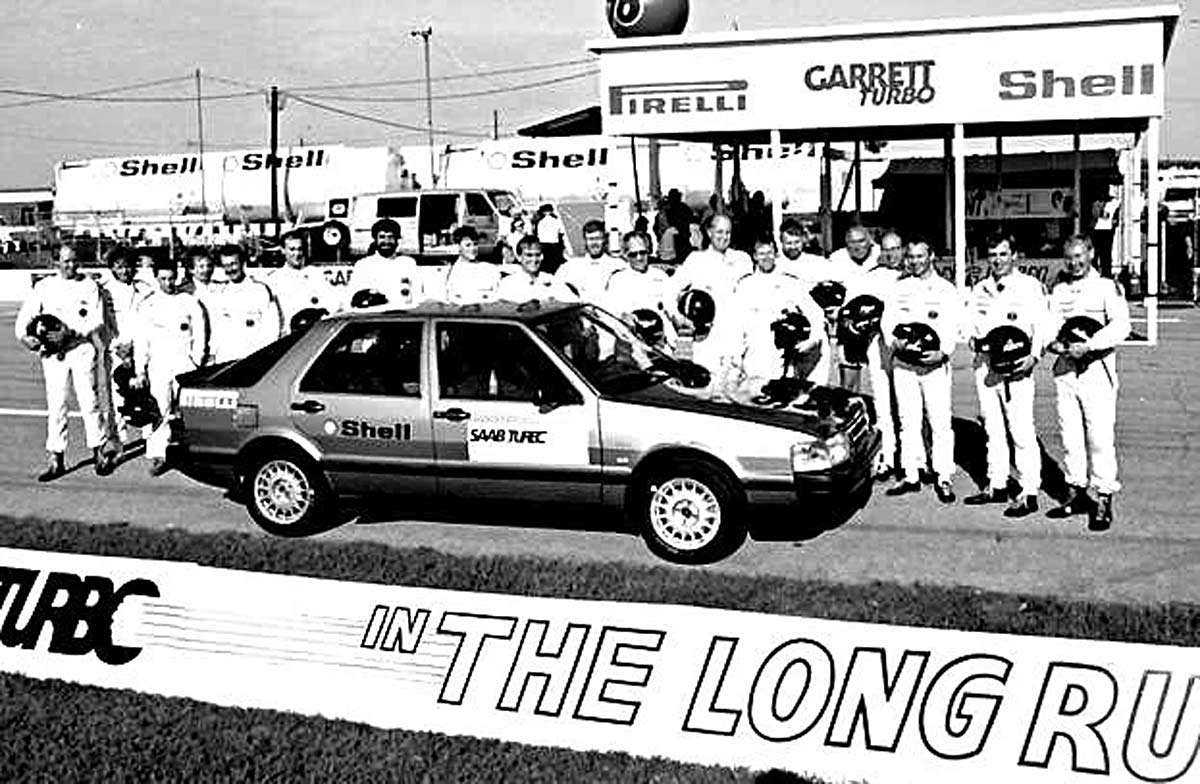
Securing the Right Location
Finding a suitable track for the record attempt was crucial. The Nardo track was fully booked, so the team turned their attention to the United States. They selected the Talladega Superspeedway in Alabama, a decision that required thorough preliminary testing. In September 1985, the team conducted a trial run, covering 2,000 miles in six days to assess tire wear and fuel consumption. The results were promising, solidifying their belief that the record attempt was feasible.
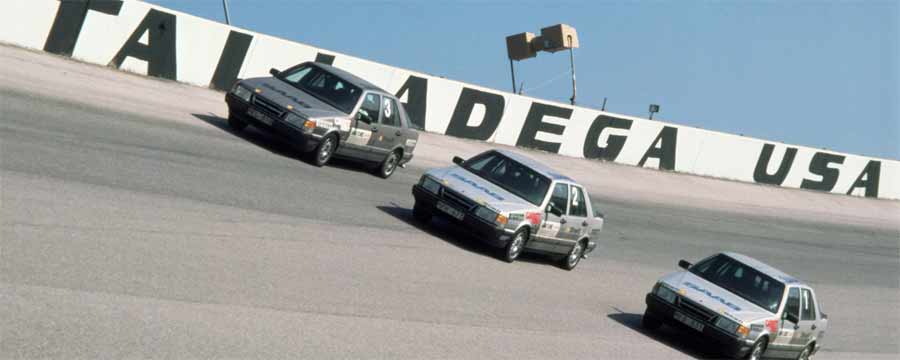
The Long Run Begins
On October 7, 1986, the record attempt began with three freshly produced Saab 9000 Turbo cars. The cars were sealed and shipped to the USA, where NASCAR officials supervised the event to ensure compliance with international standards.
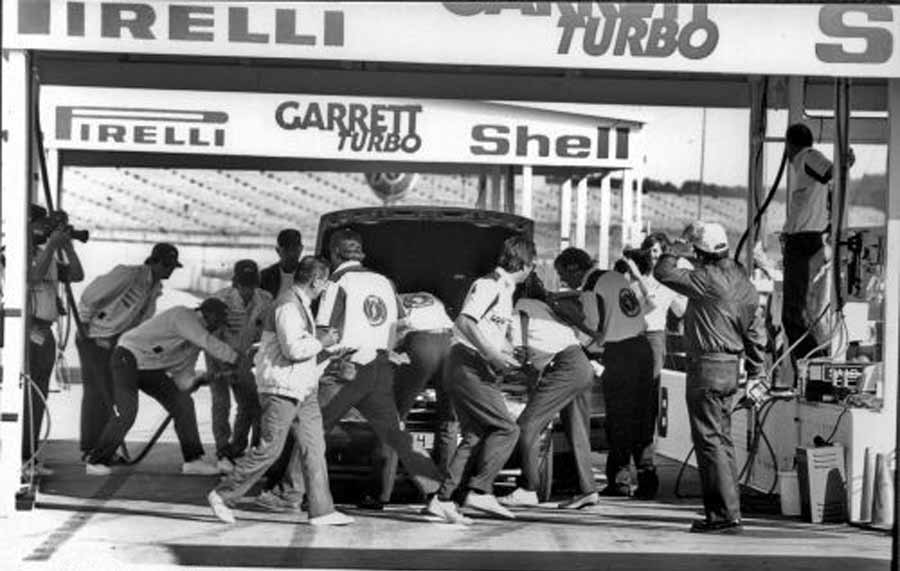
The team set up a base at Talladega, complete with emergency services and backup generators. The drivers, many of whom were from Saab’s technical department, followed a strict rotation schedule to maintain the relentless pace required for the record attempt.
Overcoming Obstacles
The record attempt was not without its challenges. Early issues such as a malfunctioning water pump and a leaking drive joint were quickly addressed. The team adhered to stringent rules regarding spare parts, with each car allowed only a limited weight in replacement parts. This meant carefully selecting components that couldn’t be repaired on-site, such as alternators and turbochargers.
Achieving the Record
After nearly three weeks of continuous driving, the Saab 9000 Turbo cars reached their goal on the morning of October 27, 1986. Each car had completed 24,000 laps, consuming 27,000 liters of fuel and 120 tires per vehicle. The team set 19 international records and two world records, including the coveted 100,000-kilometer mark with an average speed of 213.299 km/h. The achievement was a testament to the durability and performance of Saab’s engineering.
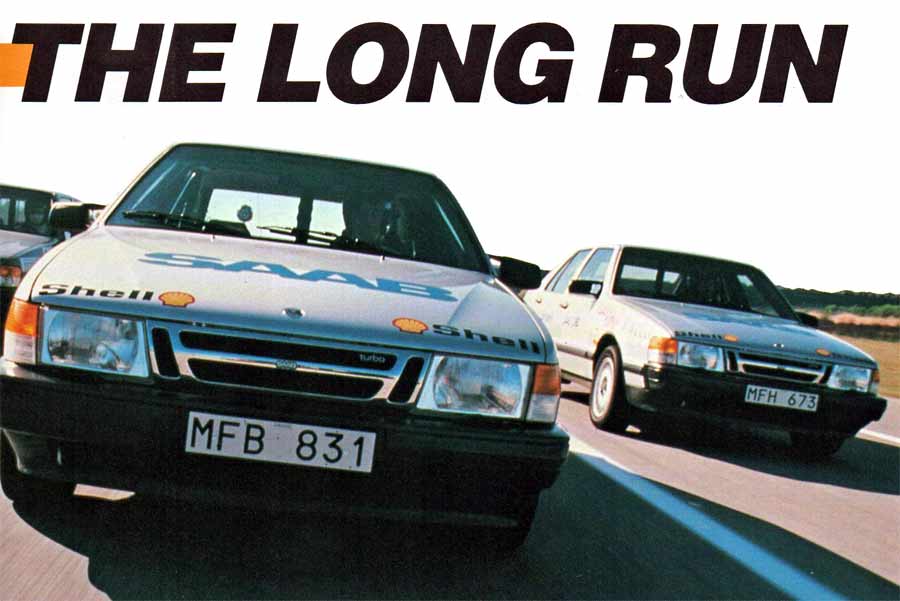
The Aftermath and Legacy
The media attention generated by The Long Run was substantial, with an estimated equivalent of 30 million kronor in advertising value in the USA alone.
However, Granlund felt that the marketing potential of this achievement wasn’t fully exploited. Despite this, the record brought significant recognition to Saab, earning praise from both the Swedish Motorsport Association and the FIA.
In 2016, to commemorate the 30th anniversary of The Long Run, the Saab Car Museum in Trollhättan launched an exhibition dedicated to the event. The exhibit featured one of the record-setting cars and a replica of the pit area, highlighting the historical significance of the endurance test.
Olle Granlund’s Enduring Impact
Olle Granlund’s dedication and innovative spirit were crucial in achieving the Talladega world record. His ability to inspire and lead a team through meticulous planning and execution left an indelible mark on Saab’s history. The Saab 9000 Turbo’s success at Talladega remains a symbol of engineering excellence and a testament to Granlund’s legacy.
Granlund’s story is a reminder of the power of vision and perseverance. His achievements continue to inspire future generations of engineers and automotive enthusiasts, ensuring that his legacy lives on in the annals of automotive history.
Celebrating a Pioneer
Olle Granlund’s contributions to Saab and the automotive industry are profound. His leadership in the Talladega world record attempt showcased not only the capabilities of the Saab 9000 Turbo but also the ingenuity and dedication of the team behind it. As we remember Granlund, we celebrate a true pioneer whose work continues to inspire and whose legacy will endure for years to come.

